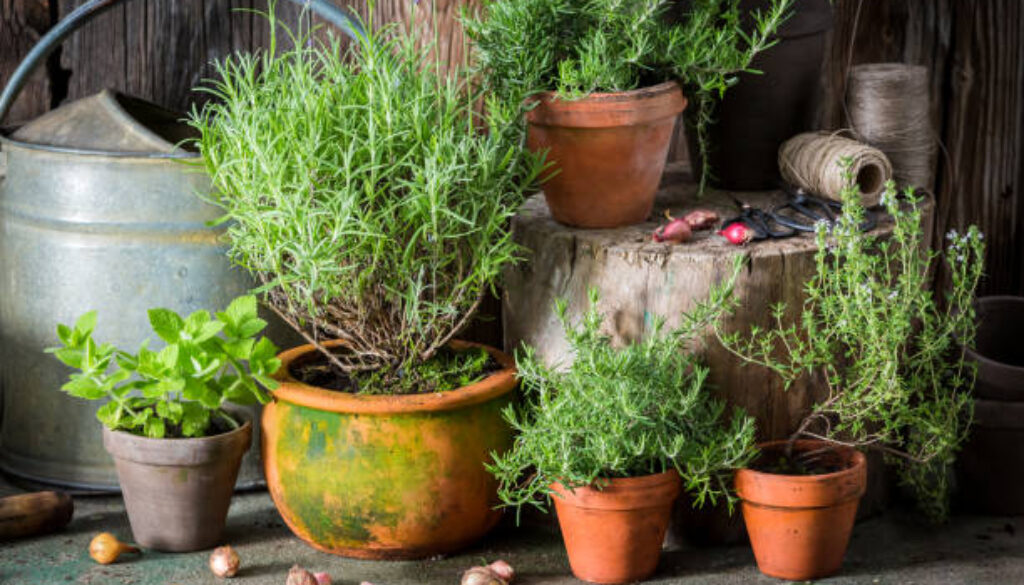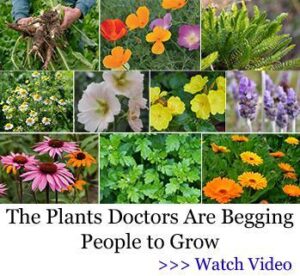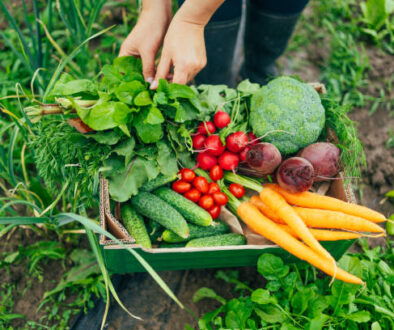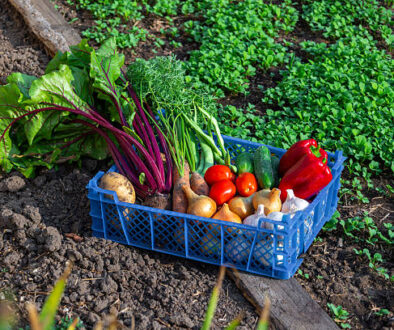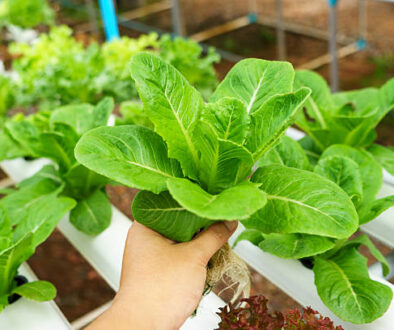How to Create a Complete Natural Pharmacy in Your Backyard
This post may contain paid and/or affiliate links. I may earn a small commission at no extra cost to you.
Have you ever wished you could skip the drugstore and step right outside for natural remedies?
Yes, building a medical garden in your backyard makes that possible.
With a mix of healing plants and carefully chosen medicinal plants, you can create your own supply of remedies for everyday needs.
A healing herbs garden doesn’t just save you money, it also gives you peace of mind knowing what goes into your remedies.
Whether you want a small herbal medicine garden or a full medicinal herbs garden, this simple setup can help you care for yourself and your family naturally.
Why You Should Have a Natural Pharmacy In Your Backyard?
Think about how many times you’ve reached for pain relief, a cough syrup, or a sleep aid.
Now imagine if you could find those same solutions in your own garden.
A natural pharmacy isn’t just about saving money; it’s about having safe, chemical-free remedies you can trust.
When you grow your own medicinal plants, you know exactly where they come from and how they’ve been cared for.
And, gardening itself has health benefits. It reduces stress, gets you moving, and connects you to the earth.
So, in a way, your backyard pharmacy doesn’t just help when you’re sick; it supports your well-being every day.
Related:
- Mistakes to Avoid When Growing a Medicinal Herb Garden
- The Most Important Plants That Are Probably Missing From Your Backyard (Medicinal Plants)
- Why Having a Medicine Herbs Garden at Home is The Best Thing You Can Do
Step 1: Choose the Right Spot
Before you start planting, pick a space that gets plenty of sunlight; most medicinal herbs thrive in at least six hours of direct sun.
Good soil is key, too. If your yard has heavy clay or sandy soil, mix in compost to give your plants the nutrition they need.
Don’t stress if your space is small. You can grow many healing plants in pots on a patio, balcony, or even along a windowsill.
What matters most is consistency; your plants should get the right balance of sun, soil, and water to grow strong and healthy.
Step 2: Select Your Core Healing Plants
A backyard pharmacy doesn’t need to be huge.
Start with a handful of reliable plants that you’ll actually use.
Here are a few favorites:
Chamomile
Great for calming nerves, aiding sleep, and soothing upset stomachs. You can dry the flowers for tea or use them fresh.
Peppermint
Perfect for digestion issues, headaches, and respiratory relief. It spreads quickly, so you might want to plant it in a container.
Lavender
Known for its relaxing scent, lavender helps with stress, sleep, and minor burns. It also attracts pollinators, making it useful for your whole garden.
Echinacea
This immune-boosting powerhouse is often used for colds and infections. The roots and flowers both carry medicinal value.
Aloe Vera
A must-have for burns, cuts, and skin irritation. Keep a pot of it near the kitchen for quick access.
Start small with 5–7 plants, then expand as you learn what works best for your needs.
Step 3: Plan Your Garden Layout
Think of your natural pharmacy like a living medicine cabinet. Group plants by their needs.
For example, lavender and rosemary prefer dry soil, while mint and lemon balm like more moisture.
This way, you can water and care for them efficiently.
Raised beds are great if you want to organize your plants neatly.
Or, mix them into your existing garden, just label them clearly so you remember what each plant is for.
Adding paths or stepping stones can make your garden easier to maintain and harvest.
Remember, this is your personal healing space, so design it in a way that feels welcoming and easy to use.
Step 4: Learn Simple Preparation Methods
Growing the plants is only half the job; you also need to know how to use them.
The good news is, it’s easier than you might think.
- Teas and infusions: Steep fresh or dried herbs in hot water for digestive or calming benefits.
- Salves and ointments: Mix infused oils with beeswax for cuts, scrapes, or sore muscles.
- Tinctures: Preserve herbs in alcohol or glycerin for long-term use.
- Fresh applications: Aloe gel or crushed peppermint leaves can be applied directly to the skin for relief.
Start with teas, they’re simple and effective. As you get more comfortable, explore salves or tinctures.
Keep notes on what works for you and your family.
Step 5: Harvest and Store Properly
Timing matters when it comes to harvesting. For most herbs, pick leaves in the morning after the dew has dried but before the sun is too strong.
Flowers like chamomile and calendula should be harvested when fully open, and roots like echinacea in the fall.
Dry your herbs by hanging small bundles upside down in a cool, airy space, or use a dehydrator. Store them in glass jars away from light and heat to keep their strength.
Label everything with the plant name and date harvested. Freshness makes a big difference in effectiveness, so aim to use dried herbs within a year.
Step 6: Keep Safety in Mind
Natural remedies are powerful, but they’re not always risk-free. Here are a few safety tips:
- Learn the correct dosage before using a plant.
- Don’t combine herbs with prescription medicines without checking with a healthcare provider.
- Introduce new herbs slowly to see how your body reacts.
- Always make sure you’ve identified the plant correctly before using it.
Remember, your garden is here to support your health, not replace medical care when you truly need it.
Step 7: Expand Your Healing Space
Once you’ve mastered the basics, think about adding variety to your natural pharmacy.
Plants like calendula, lemon balm, rosemary, or turmeric can expand the range of remedies available to you.
You could also create different zones—like a sleep support section with lavender and chamomile, or a digestion area with peppermint, fennel, and ginger.
This makes your garden more organized and easier to use when you need something specific.
Some people even grow plants based on family needs—immune support for kids, stress relief for adults, or skin-soothing plants for everyday scrapes and burns.
Conclusion
Creating a natural pharmacy in your backyard takes a little planning and care, but the payoff is huge.
You’ll have safe, effective remedies right outside your door, and you’ll build a deeper connection to your own health in the process.
Start small, grow what you’ll actually use, and learn as you go.
With time, your backyard becomes more than just a garden; it becomes your personal source of healing and comfort.
FAQs
- How much space do I need for a natural pharmacy?
Not much at all. Even a few pots on a balcony can hold enough plants to support basic needs. Start small and expand as you gain confidence. - Can I grow a natural pharmacy if I live in an apartment?
Yes. Many medicinal plants grow well in containers indoors or on patios. As long as they get enough sun and care, they’ll thrive. - How do I know which plants are safe to use?
Stick with well-known medicinal herbs and learn from trusted sources. Double-check plant identification before using, and when in doubt, talk to a healthcare professional. - Do dried herbs work as well as fresh ones?
Yes, as long as they’re dried and stored properly. In fact, drying preserves herbs for year-round use, so you’re not limited to what’s in season.
